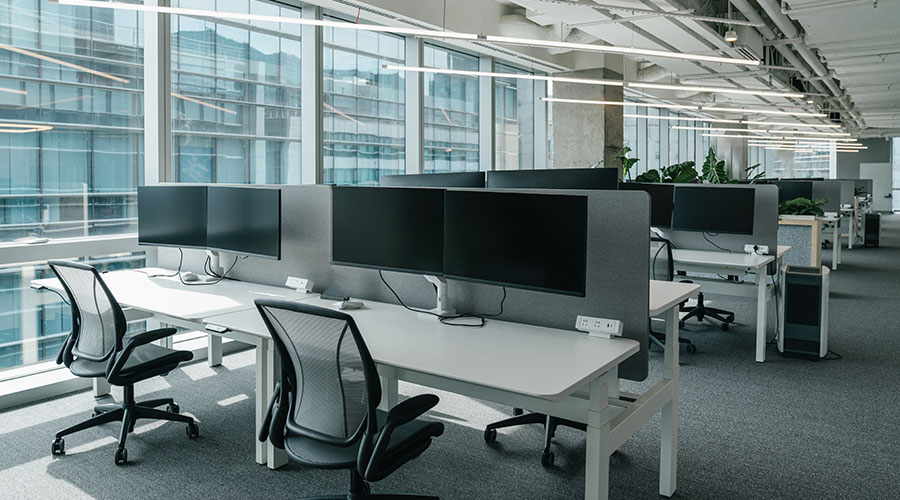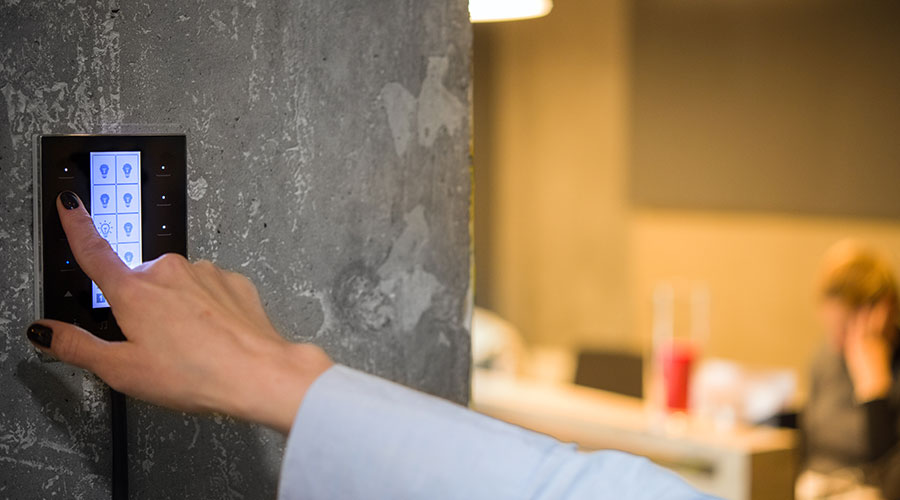Lighting Upgrades: Code Considerations
As maintenance and engineering managers contemplate lighting controls upgrades in institutional and commercial facilities, they need to be aware of the code and standard considerations the affect project planning and product specification. Each code iteration typically increases efficiency and tightens the requirements systematically.
The following are the current proposals into the U.S. Department of Energy for inclusion in the International Energy Conservation Code (IECC) 2018 version. These are only proposed at this point and are not required to be implemented, but they give managers idea of the potential future impacts:
Expand use of occupancy sensors, C405.2.1. Occupancy sensors have become mainstream technology, and new systems are effective in open office areas. The proposal would extend their use to open office areas. Expanded use of occupancy sensors reduces lighting use compared to traditional timer-control systems, especially during custodial hours.
Faster shut-off for occupancy sensors, C405.2.1.1. There is inconsistency about how quickly occupancy sensors should turn off lights. This proposal would reduce shut-off delay times from 30 minutes to 20 minutes. A shorter shut-off delay time will result in more time off for lighting with no additional cost.
Daylighting controls, C405.2.3. The proposal would allow for a reduction in lighting power density to avoid daylight-responsive controls. In a number of cases, faced with the cost of daylighting controls and the challenges associated with commissioning them, lighting designers have found it more cost-effective to use more efficient lamps and luminaires, reduce LPD and achieve similar savings. This proposal allows that option for buildings at or below 30 percent window-to-wall ratio. This change is expected to be savings neutral to slight savings, but result in more efficient base lighting systems that do not require correct control operation to provide energy savings.
Interior lighting allowances, C405.4.2.2. This proposal would reduce lighting power in both the building area method and the space-by-space method for applications where new LED fixtures are found to be cost-effective. Lighting power allowances are reduced by a building type area weighted average of 12.8 percent and vary depending on the specific space or building type. More efficient lighting sources can provide the same lighting output with less power input. When lighting power density is reduced, it results in a proportional lighting energy savings.
The final proposal is not directly related to lighting controls, but a trend toward implementing LED technologies as they become more feasible with reduced project, installation and maintenance costs and the light quality improves. Considering LED ballasts and bulbs in future renovations will help to set up a building to comply with future requirements instead of a full overhaul at a later date.
Any building renovations required to comply with ASHRAE 90.1-2016 have further tightened the requirements. Interior retrofits adhering to ASHRAE 90.1-2016 now also must comply with occupancy and scheduled full and partial shut-off and bi-level switching where specified. Exterior retrofits under this code now also must comply with astronomical controller scheduled shut-off control where specified for each application.
Related Topics:














